Jul 16, 2025
Author:Amanda Lyu
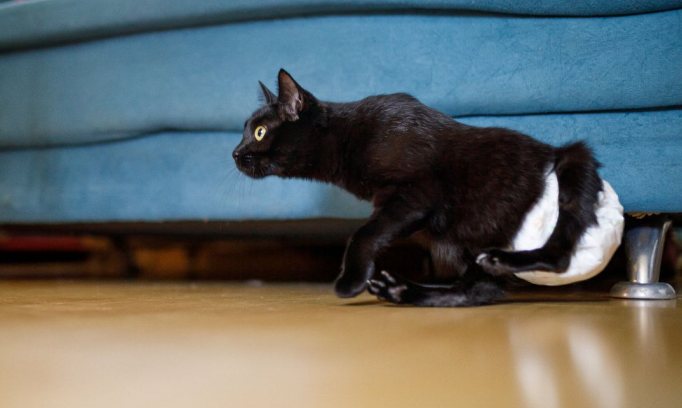
Not all limps mean a life of suffering. Not every missing leg calls for pity. Disability in cats doesn’t always show up the way you’d expect. Some sprint with three legs. Others nap peacefully, deaf to the world but perfectly content. The truth? Most disabled cats don’t see themselves as broken. But they do need the right environment—and someone willing to meet them halfway.
This article cuts through the noise. You’ll learn what actually counts when caring for a disabled cat and how to make their life—and yours—easier.
Here’s what we’ll break down:
● What qualifies as a disability in cats (and what doesn’t)
● How disabilities impact daily life—for them and you
● Tips to create a safe, predictable environment
● Best tools and tech that support mobility and care
Let’s get practical.
Missing an eye doesn’t always mean a cat is disabled. Neither does being born with a crooked tail or walking with a wobble. The line between a quirk and a true disability isn’t always obvious—and that’s where most people get it wrong.
A disability in cats is any condition that limits normal function or behavior in a way that affects their daily quality of life. It’s not about looks. It’s about what they can or can’t physically do.
That includes:
● Paralysis in a limb. Missing leg. Joints that grind or barely bend—arthritis that doesn't let up.
● Brain signals are misfiring. Wobbling, twitching, shaky steps that don’t land where they should.
● No hearing at all. Or no sight. Sometimes both. That changes everything.
● Born with something off—kidneys that don’t hold up, limbs that never fully developed.
● Old injury, maybe from a fall or a fight, and now the body doesn’t move the way it used to. And it won’t again.
What doesn’t count? A cat that’s slow but pain-free. A leg that healed awkwardly but still works. Cosmetic defects with no impact on daily life. Function—not form—is what matters.
Disabilities don’t define a cat. But they do change how you’ll need to support them. Identifying the real limitations is the first step to doing that well.

It changes the rhythm. Not in one big swoop, but in bits. A different kind of quiet. A pause before you set something down. You notice things you used to ignore.
For them, it depends. Some cats can’t jump, can’t twist mid-air, can’t stick the landing like they used to. Others can’t see the room they’re standing in. Or hear the door slam. They don’t flinch—because they don’t register it. And that’s the risk. Not noticing. Not reacting. That’s where problems creep in.
For you, it's not about pity. Or doing everything for them. Its structure. Same time. Same places. Same tone of voice. Over and over. That’s what works.
You’ll run into these:
● Trouble eating—bowl’s too high, chewing hurts, or they miss the mark altogether
● Litter issues—either they can’t find it or can’t get in without strain
● Play drops off—either it hurts to move, or the world’s too disorienting
● Mood swings—confusion, maybe a little panic in new spaces
● The home itself—stairs, tall beds, cluttered walkways become real hazards
Each one builds. Stack them wrong, and they overwhelm you. But build around them, one fix at a time, and the whole thing holds steady. That’s the goal.
Predictability isn’t about neatness—it’s about survival. Disabled cats don’t guess their way through a room. They rely on patterns. On what doesn’t move. When the layout shifts, their confidence slips. That’s when mistakes happen. You can stop that—mostly—with a few deliberate tweaks.
These cats memorize their terrain. It’s not conscious—it’s physical. Paw placement, scent trails, and wall brushes. You move a chair six inches? They start over.
● Lock in your feeding zone, the litter zone, the sleeping zone. Don’t shuffle them around just to see.
● Pick one water spot. Not two. Don’t rotate bowls from room to room.
● For low-vision cats, skip open-back furniture. Crawling behind something and not finding the way out? That turns into panic fast.
Balance gets messy on hard floors. Polished tile, laminate, anything slick—it’s like walking on ice. Every step becomes a gamble.
● Set runner mats along the default routes. Litter to bed. Bed to food.
● Stick with low-profile, rubber-backed rugs. No curling. No bunching.
● Skip shag or loops. Long fibers catch claws. Especially dangerous if the cat drags or limps.
Jumping isn’t always a choice. Sometimes it’s reflex. And that reflex can backfire. Badly.
● Instead of high perches, go with step-up platforms. Keep each level under a foot.
● If you’ve got more than one cat, get rid of top-only beds or towers. No point in competition if one can’t reach.
● Use ramps—foam-core with grip lining works best. Helps them get where they used to jump without setting off joint flare-ups.
They’ll fall. Even the careful ones. So you prep for the fall. You soften it.
● Place foam crash mats in all high-risk zones—beds, sills, spots they’ve tried to reach before.
● Wrap edges with bumper cushions. Corners on coffee tables are brutal.
● Stackable pillows? Skip them. They shift. One bad landing and the whole pile moves out from under the cat.
Cats don’t adjust mid-leap. If they misstep, they hit whatever’s in the way.
● Use corner guards on anything that could bounce off, especially low furniture.
● Clear floor-level clutter. Think baskets, floor lamps, and planter stands. Even a shoe left out becomes an obstacle.
● Wires should never snake across walkways. Mount them. Tunnel them. Hide them.
For cats who can’t see well—or can’t always trust their brain to process the room—touch and smell keep them anchored.
● Lightly apply a consistent scent near key spots. One drop near the food area. One near the litter. Don’t switch it up.
● Textured markers help, too. One kind of pad near the water. Another is near their bed. Make it easy for paws to recognize zones.
● Avoid heavily scented cleaners. They strip away the environmental cues you're trying to reinforce.
When the space stops fighting them, they stop doubting it. That’s what gives them confidence. Not freedom to do everything, but enough control to do something without fear. That’s what makes it work..
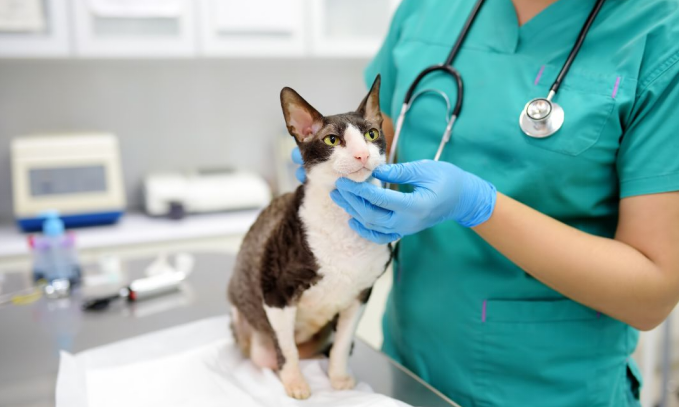
Supporting a disabled cat goes beyond making your space safer. The right tools can reduce physical strain, reinforce routines, and restore independence for both of you. This section breaks down high-utility products that genuinely support mobility, hydration, feeding, and monitoring—not gimmicks, not fluff.
Each category below targets a specific care barrier you’re likely dealing with.
When movement gets tricky—stiff joints, missing limbs, misfires in balance—it shows up fast. Getting from one spot to another? That becomes the hard part. Mobility tools don’t fix it, but they take the edge off. They make things feel doable again.
● Ramps that hug the floor, coated so paws don’t slip—those can mean the difference between access and avoidance. Suddenly, the couch isn’t off-limits. The ledge? Reachable.
● Pet stairs work too. The kind with wide, flat steps and no steep climbs. They’re easier on back legs that don’t push like they used to.
● A good orthopedic mat, properly placed, turns into a default crash zone. No pressure points. No awkward scrambles after rest.
● As for traction socks or sprays—don’t DIY that. Use them only if your vet signs off. Applied wrong, they can throw off balance even more. It's a fix that backfires fast if you're not careful.
Feeding tools that reinforce control and timing
A disabled cat often needs scheduled meals with reliable portion sizes. Free-feeding setups don’t work when motor function or digestion is compromised. This is where smart feeders make a measurable difference.
The WOpet Heritage View Automatic Pet Feeder solves multiple challenges in one system:
● Scheduled feeding control lets you automate up to six meals daily—critical for cats with medication-timed diets or GI issues.
● The built-in HD camera allows you to confirm eating behavior remotely, which is valuable for cats that hide symptoms or eat inconsistently.
● Two-way audio offers comfort and reinforcement from afar, especially during transition periods or routine changes.
Its design prioritizes consistency—something every disabled cat benefits from. No bending, no jarring food bowls. Everything operates on your terms.
![Automatic Pet Feeder with Camera [Dual Bowls] Automatic Pet Feeder with Camera [Dual Bowls]](https://wopet.com/uploads/admin/image/20250607/6c267b1c5bcd4b67d213724d1ecb0455.jpg)
Hydration solutions that support safe access
Mobility-impaired cats often drink less, not because they don’t need water, but because reaching it becomes harder. Shallow bowls can spill. Tall ones become inaccessible. And stale water discourages drinking altogether.
The WOpet Ceramic Wireless Pet Fountain addresses all of that through precision and design:
● Water moves, but barely. No gurgling. No splatter. That quiet flow? It helps skittish cats stay put long enough to actually drink.
● Ceramic makes a difference here. Heavier. Cleaner. Less likely to slide if your cat leans in too far or loses balance halfway through.
● No wires snaking across the floor, either. The wireless base means fewer tripping points, especially helpful if your cat’s vision or coordination is off.
Hydration habits improve when effort is removed from the equation. This tool does exactly that.
Monitoring tech for remote reassurance
Not every issue happens when you’re home. Smart monitoring tools help you spot early behavior changes, missed meals, or abnormal patterns, especially critical for cats that mask pain.
● Motion-activated pet cameras give you visibility into litter use, rest patterns, and mobility fluctuations.
● Two-way communication systems can reduce separation stress and improve compliance with remote commands or cues.
● If your cat uses multiple areas across the home, multi-angle camera setups provide better behavioral baselines over time.
Look for tech that integrates with your routines, not disrupts them. Monitoring shouldn’t feel invasive. It should reduce uncertainty.
High-function tools don’t replace daily care, but they reinforce it. When paired with a stable environment, the right feeders, fountains, ramps, and sensors don’t just support disabled cats. They keep them living confidently, and let you step in when it counts.
You don’t need to do more. That’s not the point. What actually counts is doing the right things—on purpose, with clarity. You’ve picked up the patterns. What’s a real limitation, what shows up in daily routines, and how to set up the kind of space that cuts friction and lowers guesswork. Where does the food bowl sit? Matters. How are meals timed? Also matters. It stacks.
And all that stacking? It builds control. Quietly, in the background, that control gives your cat the one thing they need most—predictability. Fewer stumbles. More confidence. And for you? Less stress, less mental overhead. You stop questioning every tiny choice.
WOpet’s smart feeder and wireless fountain don’t try too hard. They slide into place. They take over what should be automatic, without turning it into a hassle. Consistency isn’t fancy. But it works. That’s how cats with limitations stay calm—and that’s where WOpet shows up strong.
Label:
Popular Post
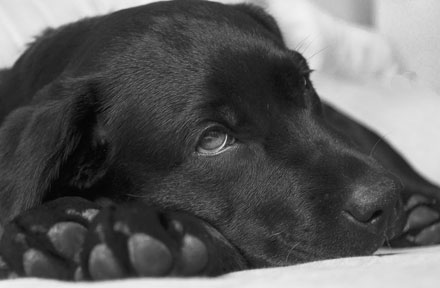
What to Feed a Sick Dog With No Appetite? [2025 Guide]
May 16, 2023
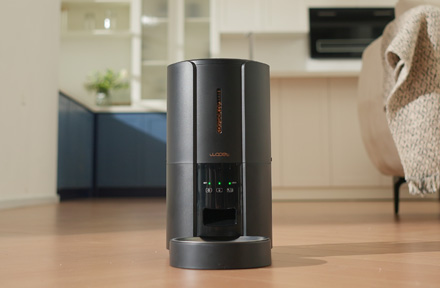
Troubleshooting Common Issues with Automatic Pet Feeders: Tips & Tricks for Pet Owners
Oct 26, 2023
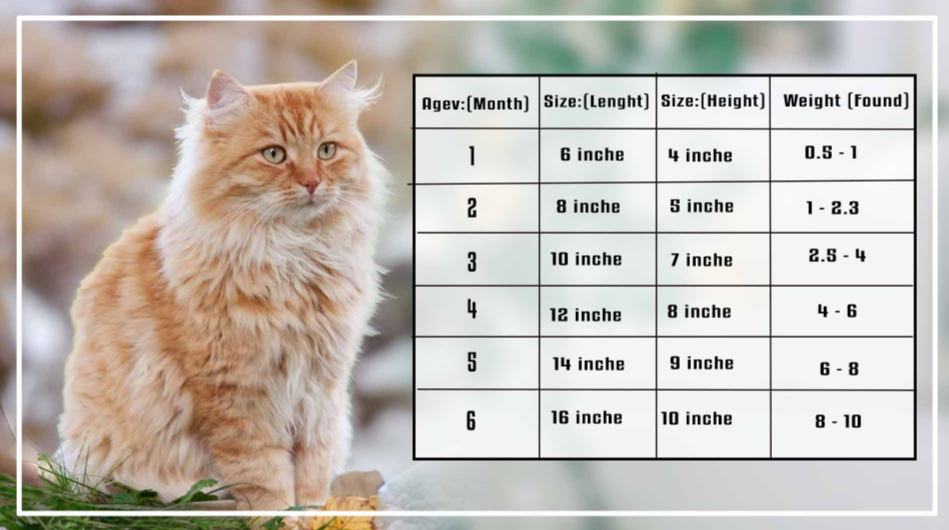
What is a standard Cat Weight chart by age Kg?
Mar 19, 2025
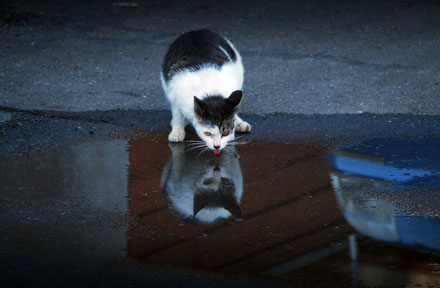
Why Does My Cat Cough After Drinking Water? 8 Potential Reasons
Mar 13, 2023
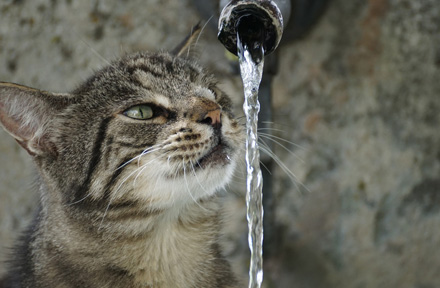
Why is My Cat Throwing up Water? Top 5 Causes Here
Feb 08, 2023
$109.99
$129.99
Copyright © 2025 WOPET. All Rights Reserved.